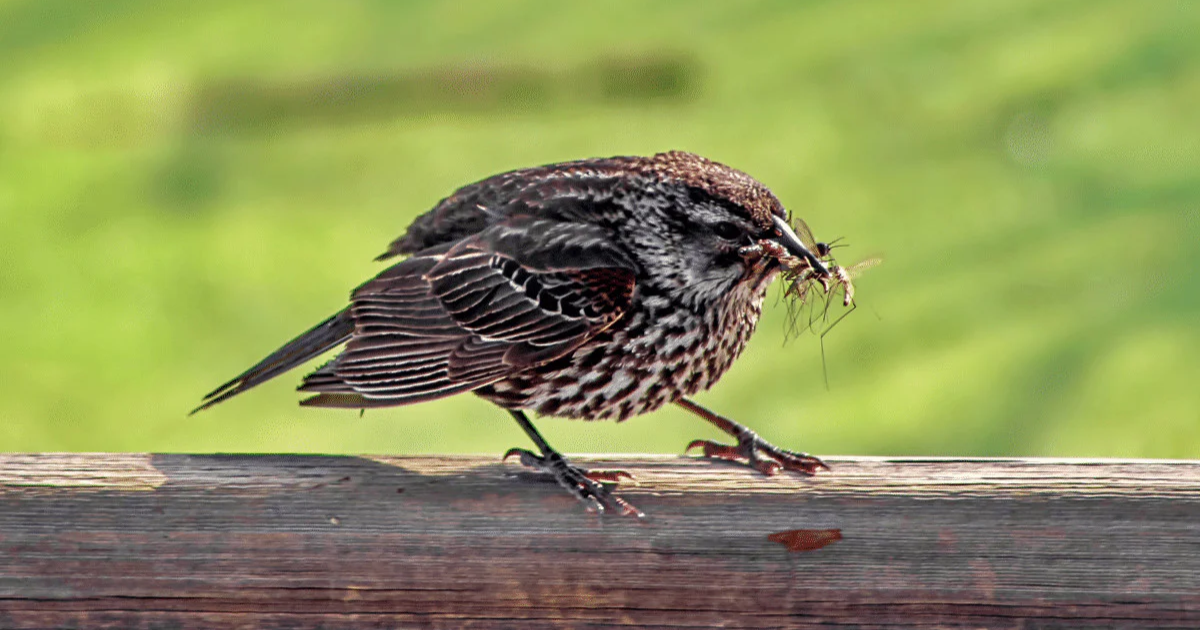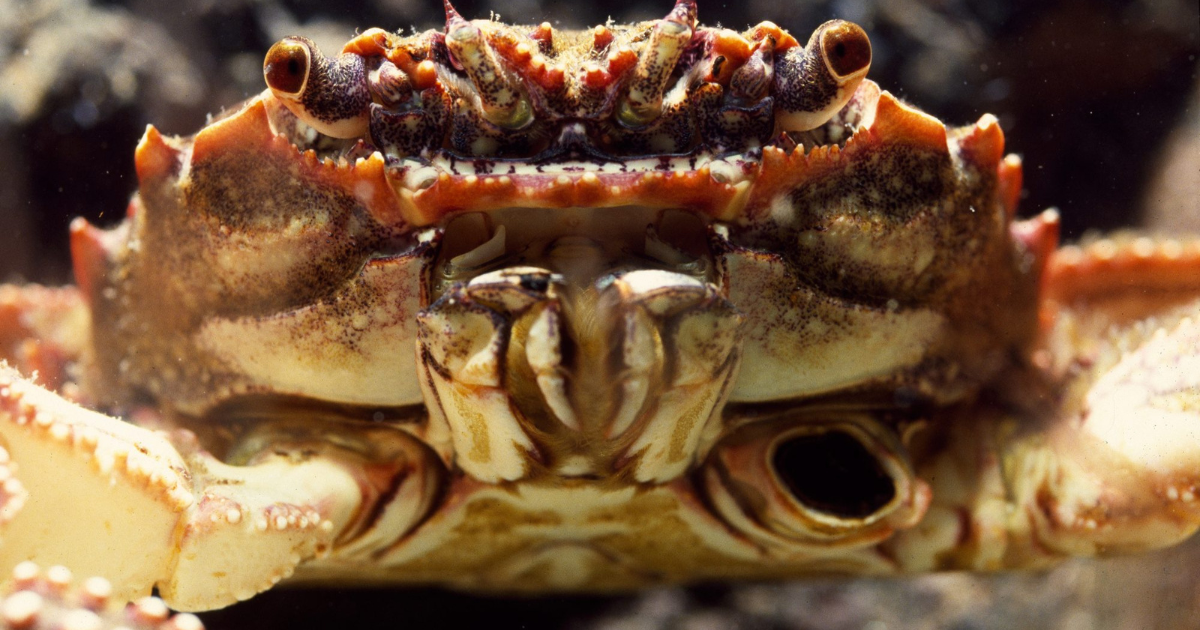Ants are tiny creatures with a big presence. They can be found almost everywhere on Earth, from tropical rainforests to arid deserts. Despite their small size, ants play a significant role in ecosystems. But who preys on these industrious insects? Let’s dive into the fascinating world of ant predators and explore what eats ants.
Ant Eaters & The Nature Cycle!
The World of Ant Predators
- Birds: Birds are among the most common predators of ants. Many bird species, including woodpeckers, sparrows, and starlings, hunt ants as a part of their diet. Birds are adept at picking ants off the ground or from their nests. They might use their beaks to catch ants directly or use their sharp eyesight to locate ant colonies.
- Spiders: Spiders are skilled hunters and prey on a variety of insects, including ants. Some spider species, like orb-weavers, build webs that ants accidentally stumble into. Other spiders, like the jumping spider, actively hunt ants by pouncing on them with impressive speed and agility.
- Praying Mantises: The praying mantis is a formidable predator known for its unique hunting technique. With its elongated body and powerful forelegs, a praying mantis can swiftly grab and immobilize ants. Mantises are ambush predators, waiting for their prey to come close before striking.
- Antlions: Antlions, in their larval stage, are voracious predators of ants. They create funnel-shaped pits in the soil, which act as traps. When ants fall into these pits, the antlions, also known as “doodlebugs,” attack and consume them. Antlions are particularly effective in catching ants due to their camouflage and deceptive pits.
- Centipedes: Centipedes are multi-legged predators that thrive in dark, damp environments. They have a fierce appetite and are known to prey on ants among other insects. Centipedes use their venomous fangs to paralyze their prey before devouring them. Their quick movements and sharp claws make them effective hunters.
- Amphibians: Some amphibians, like frogs and toads, also enjoy a diet that includes ants. These creatures are opportunistic feeders and will eat ants if they come across them. Frogs and toads use their long, sticky tongues to capture ants and other small insects.
- Mammals: Certain mammals, such as anteaters and aardvarks, have evolved specialized adaptations to feed on ants. Anteaters, for example, have long, sticky tongues that can extend up to two feet to reach into ant nests and consume large quantities of ants. Aardvarks also use their strong claws to dig into ant mounds and enjoy a meal of ants.
- Reptiles: Some reptiles, like lizards and geckos, feed on ants. They often hunt ants by using their quick reflexes and sharp tongues. These reptiles can be seen darting around in search of insects, including ants, to satisfy their hunger.
Ant-Eating Strategies
Predators have developed various strategies to capture ants. Here are a few notable ones:
- Ambush and Trap: Many predators, such as praying mantises and antlions, use ambush techniques or create traps to catch ants. These methods rely on the predator’s ability to stay hidden and strike at the right moment.
- Active Hunting: Predators like spiders and centipedes actively search for ants. Their keen senses and speed help them locate and capture ants effectively.
- Specialized Adaptations: Animals like anteaters have specialized adaptations, such as long tongues or strong claws, that make it easier to access and consume ants from their nests.
The Role of Ant Predators
Ant predators play a crucial role in maintaining ecological balance. By controlling ant populations, they help prevent ants from becoming overly abundant and disrupting ecosystems. This balance is essential for the health of various habitats, as ants can sometimes become invasive and affect other species.
Conclusion
Ants may be small, but they are a significant part of the food chain. Their natural predators, ranging from birds and spiders to mammals and reptiles, all contribute to the delicate balance of nature. Understanding these predators and their role in ecosystems helps us appreciate the complexity of food webs and the importance of each species in maintaining environmental harmony.


